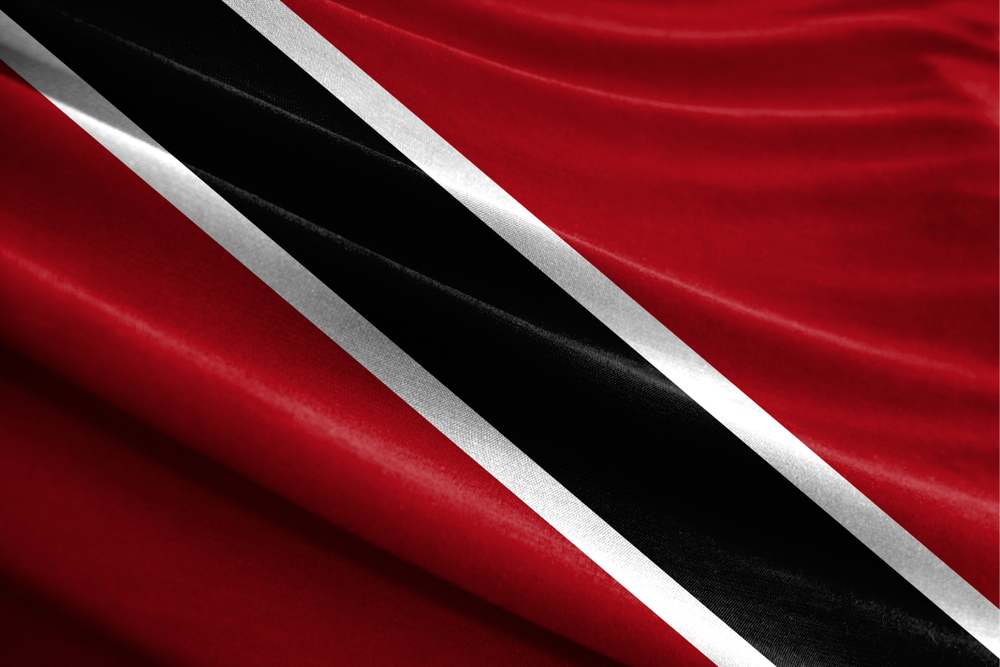Early Beginnings and Local Consumption

19th Century: Modest Exports and Recognition
By 1838, Trinidad and Tobago began exporting coffee to the United Kingdom, with quantities reaching up to 20,000 pounds. This export was fueled by the burgeoning popularity of coffeehouses in London, which had become social hubs for exchanging ideas over a steaming cup of coffee. Despite this, coffee from Trinidad did not gain significant international repute.
The Heyday of the 1970s
Challenges and Decline
- Hurricane Flora’s Devastation (1963): Tobago’s agriculture was severely impacted by Hurricane Flora, which halted major crop production on the island, including coffee.
- Loss of Labor: Migration and shifts in the workforce resulted in a shortage of labor necessary for coffee farming, making it difficult to maintain and harvest crops effectively.
- Increasing Global Competition: The emergence of other coffee-producing countries introduced fierce competition, making it harder for Trinidad and Tobago’s coffee to compete in international markets.
- Land Use Changes: Agricultural lands were increasingly repurposed for industrial and other non-agricultural uses, reducing the area available for coffee cultivation.
The Renaissance of Cocoa
While coffee faced challenges, the cocoa industry began experiencing a renaissance. Trinidad and Tobago are renowned for the Trinitario cocoa bean, a hybrid variety esteemed globally for producing some of the world’s finest chocolate. For decades, international chocolate giants like Cadbury and Hershey sought after the nation’s high-quality cocoa.

Local Coffee Artisans Reviving the Industry
- Contact Information:
- Address: P.O. Box 92, Port of Spain, Trinidad
- Phone: +1 (868) 627-5282
- Email: [email protected]
- Website: www.trinidadcoffee.com
- Contact Information:
- Address: Ortinola Estate, Maracas Valley, Trinidad
- Phone: +1 (868) 316-2775
- Email: [email protected]
- Website: www.ortinola.com
- Contact Information:
- Address: Lopinot Road, Lopinot Village, Trinidad
- Phone: +1 (868) 669-8647
- Email: [email protected]
- Website: www.cafemariposa.com
- Contact Information:
- Address: 22 Highland Road, Blanchisseuse, Trinidad
- Phone: +1 (868) 670-1122
- Email: [email protected]
- Website: www.highlandcoffee.tt
Supporting Local Agriculture
-
- Economic Growth: Supporting local businesses stimulates the economy and creates job opportunities.
- Sustainability: Local sourcing reduces the carbon footprint associated with importing coffee.
- Cultural Preservation: Embracing locally grown coffee helps preserve Trinidad and Tobago’s rich agricultural heritage.
The history of coffee in Trinidad and Tobago is a testament to the nation’s resilience and adaptability. As we honor World Coffee Day, we recognize not only the rich heritage of coffee in the islands but also the passionate individuals working to revive the industry. By supporting local artisans and embracing sustainable practices, there is hope that coffee cultivation can once again flourish, contributing to the nation’s economy and preserving a valuable part of its cultural identity.







